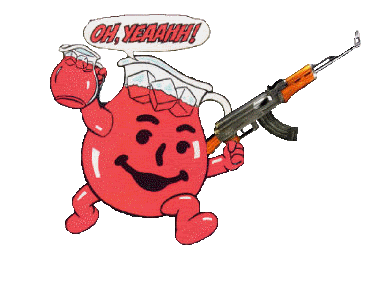Wow, if you plot wins vs returning production and do a linear trendline... the R^2 is 1.3%. The difference between 40% returning and 80% returning is like 2 wins avg. That's not nothing in a CFB season, but its within the randomness.
If you take the top 8 teams (which is appx 1 stdev above avg, and about 10% of sample):
wins: 3,3,5,6,8,8,11,11 (55 total)
Same for bottom 8 teams:
wins: 2,4,6,6,7,8,9,10 (52 total)

If you look at YOY win total changes, its a LITTLE better. R^2 is 7.6% which is still terrible.

But that same top 10 / bottom 10 analysis:
top 10 avg 0.1 LESS wins YOY (although if you take out OKSt, it's PLUS 0.9 wins.
bottom 10 avg 2.75 less wins (so there is something in that anyway)
Looking at it some more, below 60% it averages 3 less wins. (14 teams)
60 up to 70%, averages 0.9 more wins. (33 teams)
70% and up, averages 0.25 more wins. (goes up to 0.7 more wins without the fighting Gundys) (16 teams)
So imho, the only use of this is if you are under 60%, then you are at real risk of dropping significantly YOY. And of course the more wins you had prior, the farther you can fall. (e.g. Washington & Michigan).
I'd be curious if there is more or less correlation between the different components (offense vs defense, position groups, etc) and the wins or win delta. Someone else can do that if they can get the data.








